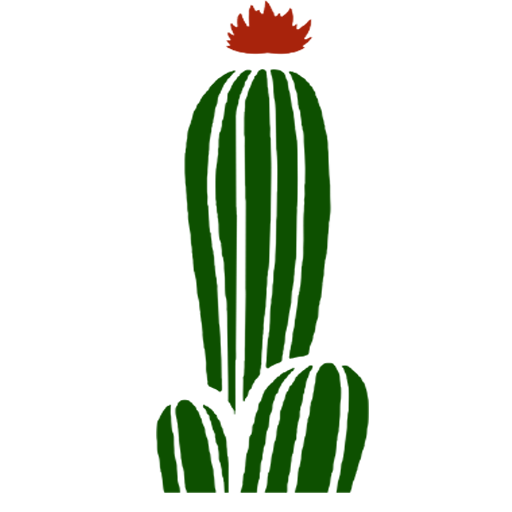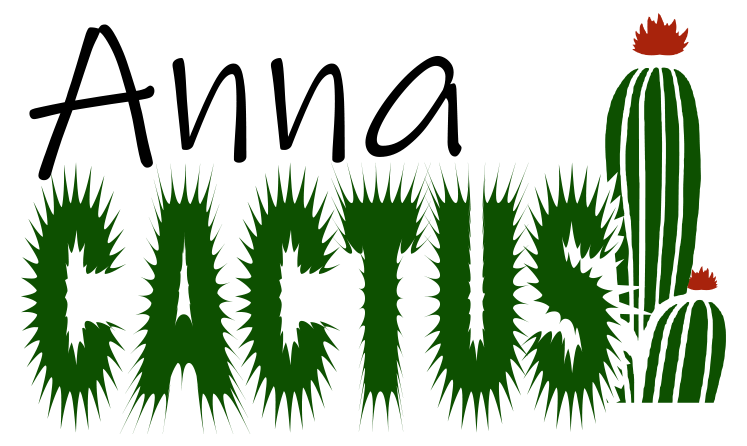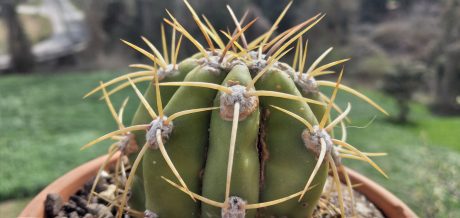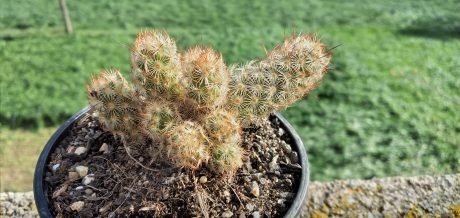Trichocereus Pascana is one of the first cacti I had when I started making the collection more seriously. It is native to South America, more specifically the mountain regions of southern Bolivia. It receives the scientific synonym of Echinopsis atacamensis or the common name of Achuma. It’s a cactus that holds the sun perfectly, so I advise you to put it in the place of the house where it’s most and for more hours and touch the sun.
It is also very resistant to cold, so unless you do not live in an area where it is very cold, you will not need to cover it in winter. If it is the case that when the cold starts you have to enter the house because you fear it will die, it is very important that you change the interior to the exterior very slowly, that is, changing it from place to place every day until you get to where the sun touches completely.
You have to keep this in mind because if you don’t respect this change that is significant for the plant, you can risk the sun producing severe burns by going to die. It has to be irrigated abundantly without going over and waiting for the substrate to be completely dry before you put water back. It is desirable to water them once every fortnight during the heat period (Spring-Autum) and cut it completely in winter. At best, if it’s in an area where it’s not too cold, it accepts water once a month.
A very common cause of plant death apart from excess water is also very high humidity. If you have it on a test, don’t worry, it won’t grow very high, because will have a small base unless you get it transplanting into an increasingly large base. But if you plant it directly on the ground, you have to know that it can reach ten meters in height and be thirty centimeters in diameter.
Over the years, it gets branching. About the flowering, we can say that if we do not take into account the signals being generated by the cactus, we will completely lose our bloom. It flowers normally at sunset, making large, white flowers with the tube covered with black hairs. It can be said to make flowers only of a single day, at most one and a half days (18-40 h).









Reviews
There are no reviews yet.